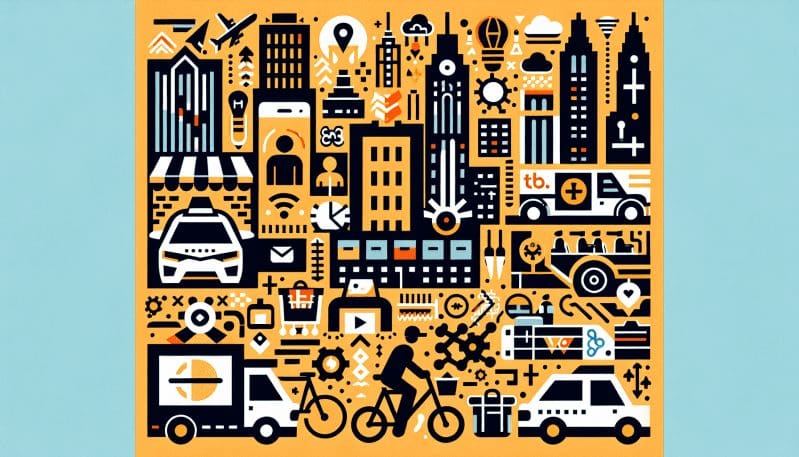New York City, a bustling hub of innovation and commerce, is at the forefront of a transformative labor phenomenon — the gig economy. With the allure of flexibility, independence, and entrepreneurial spirit, the gig economy is often celebrated for its potential to revolutionize the archaic structures of traditional employment. However, beneath the veneer of autonomy, a complex picture of the gig worker’s reality in NYC emerges, revealing a landscape where empowerment and exploitation intersect.
The narrative of the gig economy often highlights the freedom it affords: workers can set their own schedules, select their jobs, and in theory, balance work with their personal lives more harmoniously than ever before. This is particularly attractive to New York’s diverse workforce, from the aspiring artist to the overburdened parent, seeking to make a living in one of the world’s most expensive cities.
Yet, these stories of empowerment are not universal. For some, gig work is far from the promised land of worker autonomy, becoming instead a precarious tightrope walk without the safety nets of traditional employment. Health insurance, paid leave, retirement plans, and predictable income — staples of conventional jobs — are often conspicuously absent in gig arrangements.
The varied personal experiences of gig workers in NYC paint a vivid picture. Take Sarah, a food delivery rider, who finds the flexibility life-changing, allowing her to pursue a degree by day. Contrast that with John, an Uber driver struggling to make ends meet, who contends with fare cuts and the anxiety of job insecurity.
The legal framework in New York regarding gig work remains a contentious battlefield. While efforts have been made to recognize the rights of gig workers, including minimum wage guarantees and the right to unionize for some, the classification of gig workers as independent contractors rather than employees remains a barrier to accessing full employment benefits.
This classification is at the heart of the debate: it not only impacts worker protections but also affects how companies contribute to the tax base and social security systems. New York, like other metropolises, is grappling with the challenge of regulating a model designed to evade the very fabric of traditional labor laws.
In considering the future, one must contemplate what measures could be implemented to strike an equitable balance. Should there be a new category of worker, one that blends elements of independent contracting with select employee benefits? How will the city protect its workers while continuing to encourage the innovation and entrepreneurship that the gig economy undeniably stimulates?
Protective measures could include the establishment of a benefits fund for gig workers, portable between gigs; the introduction of collective bargaining rights; or even reexamining the criteria that define independent contractors.
As New York City positions itself as a leader in the future of work, it must reconcile the empowerment potential of the gig economy with the stark realities of potential exploitation. It’s not just about preserving the competitiveness of a city known for its unyielding pace and progress, it’s about ensuring that progress doesn’t come at the cost of its workforce’s well-being.
New York’s gig economy is a microcosm of a global trend, one that asks us to reconsider the essence of work and worker rights in the twenty-first century. Will the city rise to the occasion, setting a precedent for empowerment over exploitation, flexibility paired with security, innovation coupled with inclusion? Only time, policy, and the voices of the myriad gig workers navigating this brave new world will tell.




























